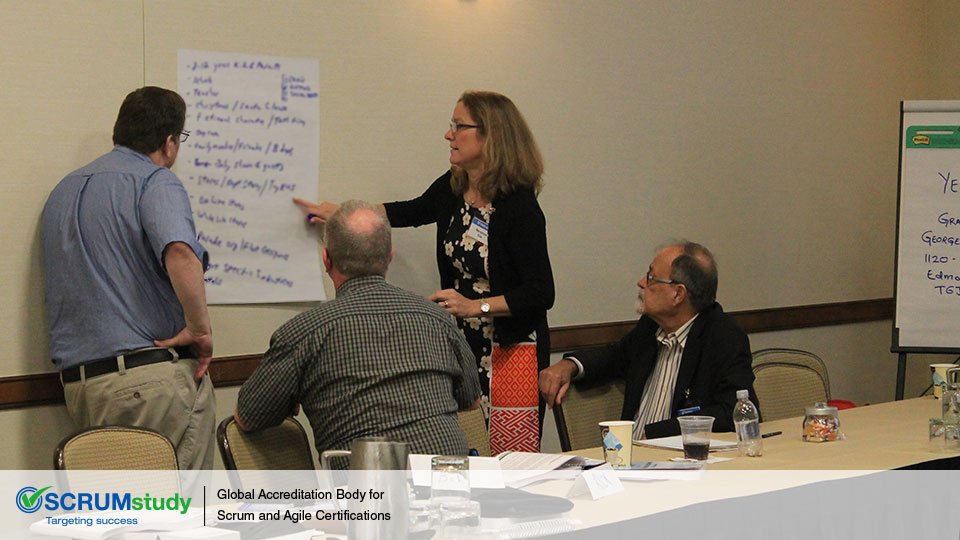Agile Master Tricks
Posted by SCRUMstudy® on June 28, 2024
Categories: Agile Agile Frameworks Product Development Product Owner Scaling Scrum Scrum Scrum Guide Scrum Master
Agile Master Tricks are clever and effective techniques employed by seasoned Agile Masters to enhance team collaboration, productivity, and overall project success. These tricks may include innovative facilitation methods for sprint planning, creative ways to conduct retrospectives, or strategies for fostering a culture of continuous improvement within the team.
Several essential techniques are outlined to empower Scrum Masters in effectively guiding their teams through the Scrum framework. These techniques include servant leadership, facilitation, coaching, mentoring, conflict resolution, and continuous improvement. Servant leadership emphasizes the Scrum Master's role in serving the team, removing obstacles, and facilitating collaboration. Facilitation techniques enable Scrum Masters to conduct productive meetings and workshops, ensuring that all voices are heard and decisions are made collectively. Coaching and mentoring involve guiding team members in adopting Scrum practices and principles while fostering their personal and professional growth. Conflict resolution techniques help address disagreements constructively, promoting a positive team dynamic.
A typical Prioritized Product Backlog will contain all User Stories, their time estimates (including any revised estimates), and the status of higher priority requirements. Any new or revised User Stories resulting from changes to business requirements, customer requests, external market conditions, and/or lessons learned from previous Sprints are also incorporated.
Backlog Refining Session
The Product Owner takes the lead in a Product Backlog Review Meeting which is conducted during the Refine Prioritized Product Backlog process. It is important that the Product Owner sets the objectives and ideally develop an agenda before the Product Backlog Review Meeting begins. Without these, the session will be unstructured and may prove unproductive. It is also important to limit the number of stakeholders participating in the meeting. Having too many participants tends to decrease the overall efficiency of the meeting. The Product Owner should invite only those stakeholders whose feedback is required for the refining session. All Scrum Team members should be included because their input is valuable to the work being done and any issues encountered.
Other Backlog Grooming Techniques
- Develop Epic(s)
- Create Prioritized Product Backlog
- Conduct Release Planning
- Create User Stories
- Approve, Estimate, and Commit User Stories
- Create Tasks
- Estimate Tasks
Grooming helps ensure that refining of requirements and their User Stories is done well in advance of the Sprint Planning Meeting so that the team has a well-analyzed and clearly defined set of stories that can be easily broken down into tasks and subsequently estimated.
Based on lessons learned from the current Sprint, there may be changes to requirements, or there may be reprioritization that can be easily incorporated into subsequent Sprints. Refining supports and enhances the flexibility of the Scrum model by incorporating the latest business and technical insights into future Sprints.


